Look at the graph in Fig. IV given below. Each is the graph of y = p (x). where p (x) is a polynomial. For each of the graph, find the number of zeroes of p (x)
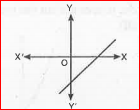 Solution in Punjabi
Solution in Punjabi
Step by step video & image solution for Look at the graph in Fig. IV given below. Each is the graph of y = p (x). where p (x) is a polynomial. For each of the graph, find the number of zeroes of p (x) by Maths experts to help you in doubts & scoring excellent marks in Class 10 exams.
Updated on:21/07/2023Topper's Solved these Questions
Similar Questions
The graphs of y = p (x) are given in figure below, for some polynomials p (x). Find the number of zeroes of p (x), in each case.
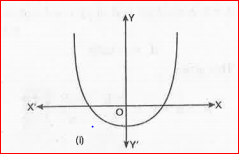 .
.
View Solution4 chairs and 3 tables cost ? 2100 and 5 chairs and 2 tables cost ? 1750. Represent this situation algebraically and graphically.
View SolutionIf a die is thrown, what is the probability that an 'ace' turns up ?
View SolutionThe inequation represented by the graph given below is :
View SolutionThe inequation that best describes the graph given below is _________
View SolutionThe inequation that best describes the following graph is _________
View Solutionनीचे दी गई आकृति 2.9 में , ग्राफों को देखिए । प्रत्येक आकृति y=p(x) जहाँ p(x) एक बहुपद है , का ग्राफ है । ग्राफ है । ग्राफों से प्रत्येक के लिए p(x) के शून्यको की संख्या ज्ञात कीजिए ।

View SolutionLook at the graph in the figures given below. Each is the graph of y = p(x), where p(x) is a polynomial. In each of the graphs, find the number of zeroes of p(x) in the given range of x.
View SolutionLook at graphs in the figures below. Each is the graph of y=p(x), where p(x) is a polynomial. In each of the graphs, find the number of zeroes of p(x) in the given range of x .

View Solutionx3−2x+5 find coefficient of x2,x1,x0.
View SolutionLook at graphs in the figures below. Each is the graph of y=p(x), where p(x) is a polynomial. In each of the graphs, find the number of zeroes of p(x) in the given range of x .

View SolutionLook at the graphs in the figures given below. Each is the graph of y=p(x), where p(x) is a polynomial. For each of the graphs, find the number of zeroes of p(x).
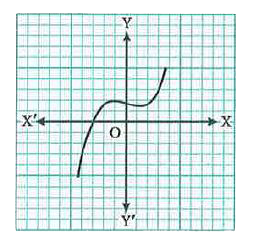
View SolutionLook at the graphs in the figures given below. Each is the graph of y=p(x), where p(x) is a polynomial. For each of the graphs, find the number of zeroes of p(x).
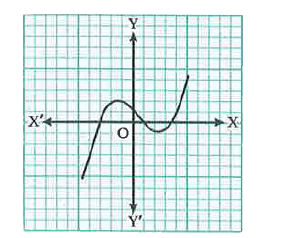
View SolutionLook at the graph in Fig. IV given below. Each is the graph of y = p (x). where p (x) is a polynomial. For each of the graph, find the number of zeroes of p (x)
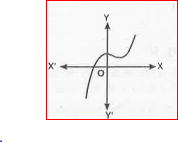
View SolutionLook at the graph in Fig. IV given below. Each is the graph of y = p (x). where p (x) is a polynomial. For each of the graph, find the number of zeroes of p (x)
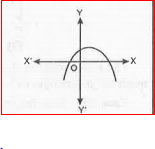
View Solution
